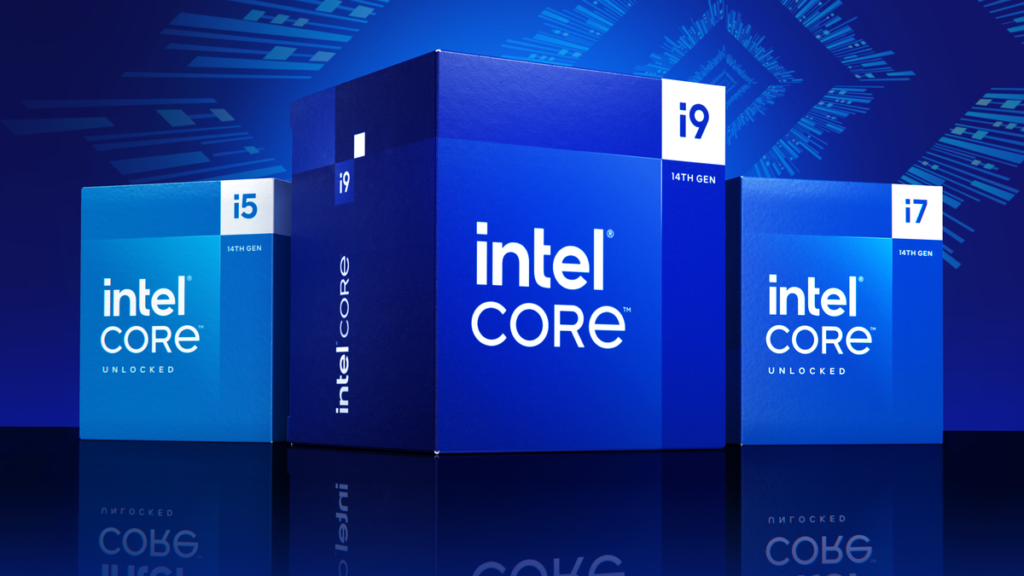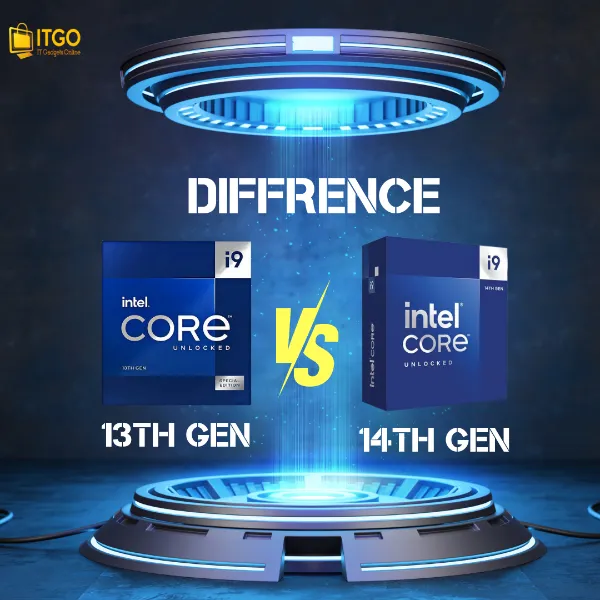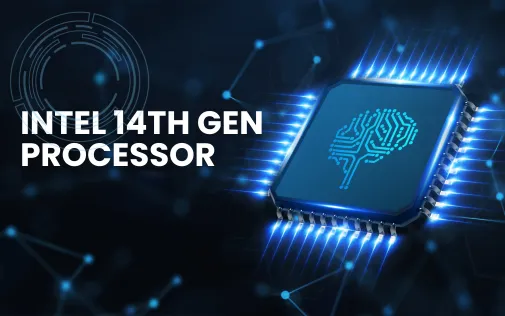Introduction
The technology world is ever-evolving, and one of the most exciting areas of innovation is in the realm of microprocessors. Processors are the brains behind our devices, from smartphones to supercomputers, and each new generation brings us closer to achieving incredible feats of performance, efficiency, and capabilities. In this blog, we’ll delve into the world of 14th generation processors, exploring what makes them special and how they are propelling us into the future of computing.

A Brief History of 14th Gen Processor
Before we dive into the 14th generation processors, let’s take a quick look at how we got here. Over the past few decades, we’ve seen processor generations evolve rapidly, with each new iteration offering significant improvements. The most notable processor families have included Intel’s Core processors and AMD’s Ryzen series. These processors have become synonymous with speed, power, and innovation.
The 14th Generation: What Sets It Apart
So, what sets the 14th generation processors apart from their predecessors? While we don’t have access to future developments beyond my knowledge cutoff date in September 2021, we can speculate on the direction processor technology might take in the 14th generation based on historical trends.
- Performance and Efficiency: The constant pursuit of greater performance and energy efficiency is a hallmark of processor development. The 14th generation processors are likely to deliver even more impressive levels of both. This means faster computing, smoother multitasking, and improved power management.
- Advanced Manufacturing Process: Shrinking the manufacturing process is crucial for packing more transistors onto a chip. In previous generations, we’ve seen processors transition from 22nm to 14nm, and even 7nm. The 14th generation might introduce 5nm or smaller processes, leading to smaller chips with more power.
- Enhanced AI Capabilities: Artificial Intelligence (AI) is becoming increasingly integrated into computing. Future processors are likely to feature dedicated AI cores or improved AI performance, which will enable more intelligent applications and faster data processing.
- Integrated Graphics: Processors have been incorporating more capable integrated graphics, and the 14th generation is expected to continue this trend. This will benefit casual gamers and professionals who rely on GPU acceleration.
- Improved Security Features: In an age of increasing cyber threats, processor security is paramount. We can expect 14th generation processors to come with enhanced security features to protect data and privacy.
- Connectivity: Faster and more versatile connectivity options are always a focus. USB standards, Wi-Fi, and Bluetooth capabilities are expected to improve, enabling faster data transfer and more flexible connections to external devices.
- Quantum Computing: While quantum processors are a different breed altogether, it’s worth mentioning that their development is progressing alongside classical processors. The 14th generation may bring us closer to the realization of practical quantum computers.
Applications and Implications
The advancements in 14th generation processors will have far-reaching implications across various industries and applications:
- Gaming: Gamers will enjoy more realistic graphics, faster load times, and smoother gameplay due to improved graphics and processing capabilities.
- Artificial Intelligence: AI algorithms, from self-driving cars to medical diagnoses, will benefit from the increased computing power and enhanced AI features of these processors.
- Data Centers: The improved efficiency and performance of 14th gen processors will be a game-changer for data centers, reducing energy consumption and enhancing processing capacity.
- Mobile Devices: Smartphones and tablets will become even more powerful and energy-efficient, offering extended battery life and faster app launches.
- Scientific Research: Scientific simulations, climate modeling, and other research-intensive tasks will benefit from faster processors, accelerating breakthroughs in various fields.

Challenges and Considerations
As with any technological advancement, there are challenges and considerations:
- Compatibility: New processors may require updated software and hardware, which can lead to compatibility issues for older systems.
- Cost: Cutting-edge technology often comes at a premium price, and the 14th generation processors will likely be no exception.
- Environmental Impact: Smaller manufacturing processes might contribute to environmental concerns, so efforts to mitigate this impact will be essential
Conclusion
The 14th generation of processors promises to usher in a new era of computing, pushing the boundaries of performance, efficiency, and capabilities. While we can’t predict the specifics of these processors beyond my last knowledge update in September 2021, we can expect exciting advancements that will reshape our digital world. As we await further developments, one thing is certain: the future of computing holds great promise, and the 14th generation processors will be at the heart of this technological evolution.

